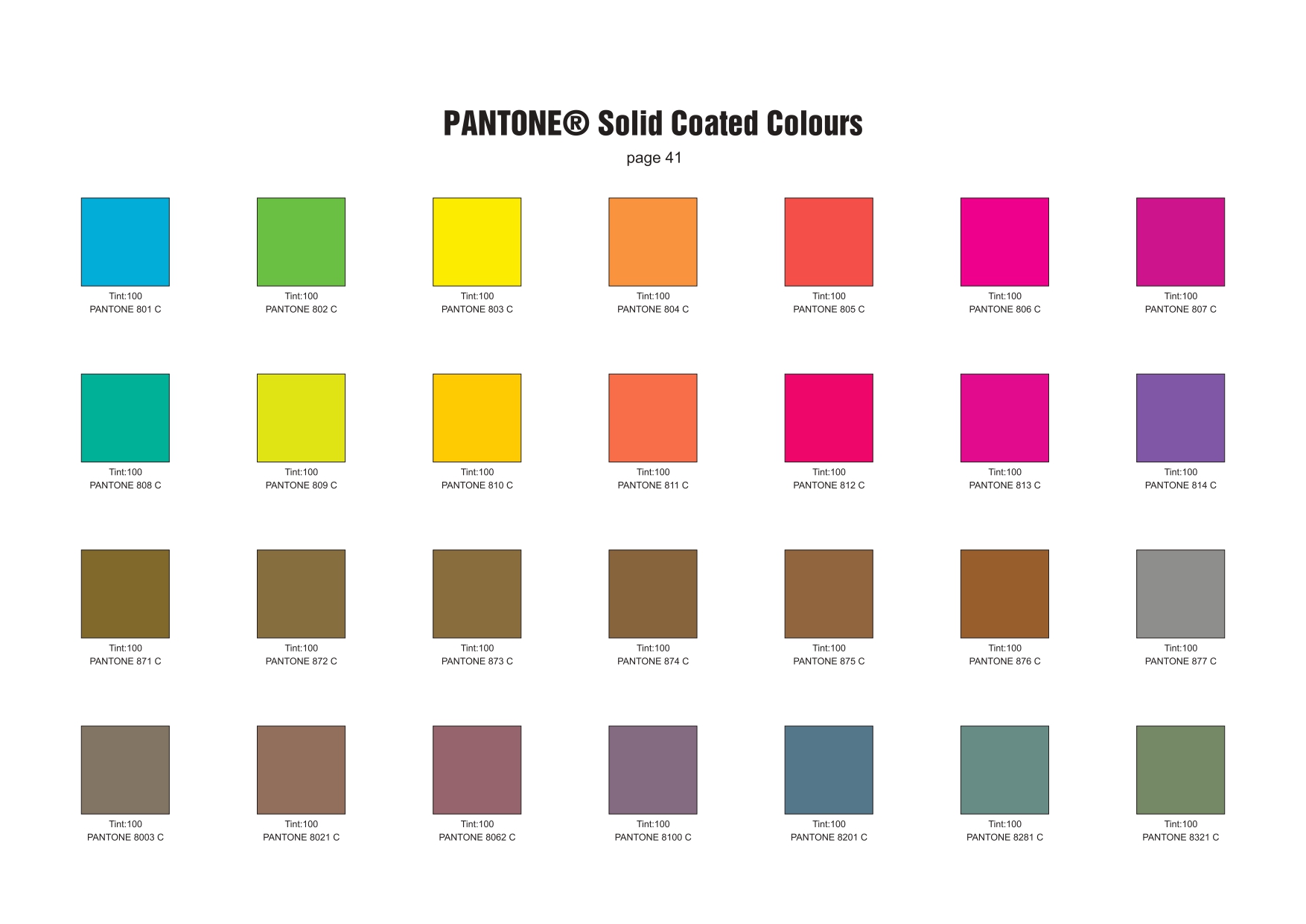Pantone Color Codes & Color Examples
Pantone colors refer to the color matching system created and used by Pantone Inc., a U.S.-based company. The Pantone Color Matching System is a standardized color reproduction system used across various industries, primarily printing, though it is also used in the manufacture of colored paint, fabric, and plastics.
Key aspects of Pantone colors include:
Standardized Color Codes: Pantone colors are identified by a unique code (usually a number and a letter suffix), which allows people in different locations to refer to the exact same color without any ambiguity. This standardization is crucial in industries like graphic design, where accurate color reproduction is essential.
Wide Range of Colors: The Pantone system includes a wide range of colors, far more than what can be produced by the standard CMYK (cyan, magenta, yellow, and key/black) printing process. This allows for a greater variety of hues and shades, which is particularly important for branding and marketing purposes.
Color of the Year: Each year, Pantone announces a "Color of the Year," which influences product development and purchasing decisions in multiple industries, including fashion, home furnishings, and industrial design, as well as product packaging and graphic design.
Guides and Tools: Pantone provides a variety of tools and guides for designers and manufacturers, including color swatches and reference books. These tools are used to ensure consistency in color usage across different materials and applications.
Digital and Physical Formats: Pantone colors are available in both physical formats (like printed swatch books) and digital formats, which can be integrated into design software. This dual availability facilitates easy communication and reproduction of colors in both physical and digital contexts.
Importance in Brand Identity: Many brands specify Pantone colors in their branding guidelines to ensure that their corporate colors are reproduced consistently across various media and materials.
The Pantone Color Matching System is widely respected and used internationally, making it a crucial component in the fields of design, manufacturing, and product development. Its role in ensuring color consistency and its influence on trends and branding make it an integral part of modern visual culture.
Pantone

Pantone
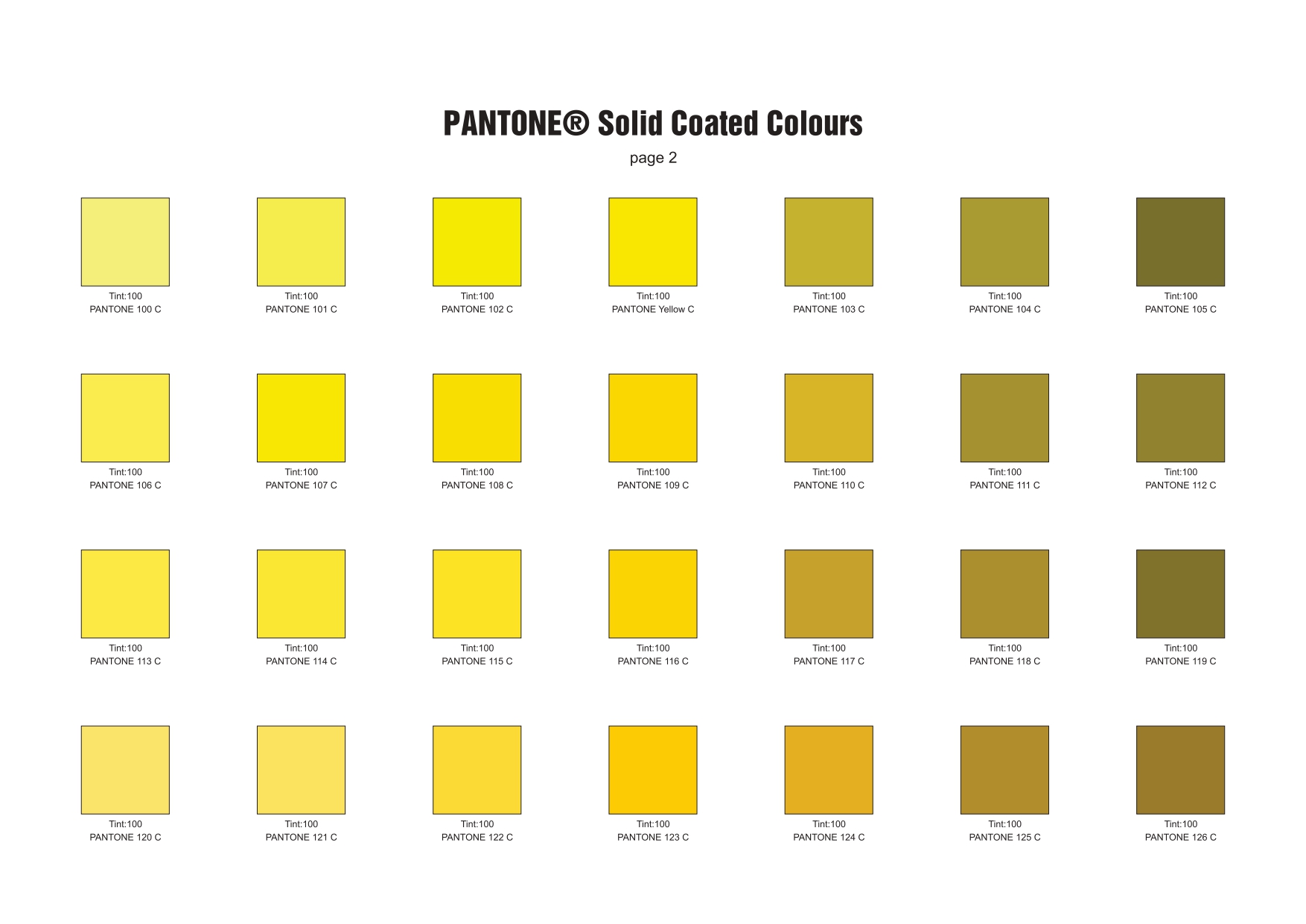
Pantone

Pantone
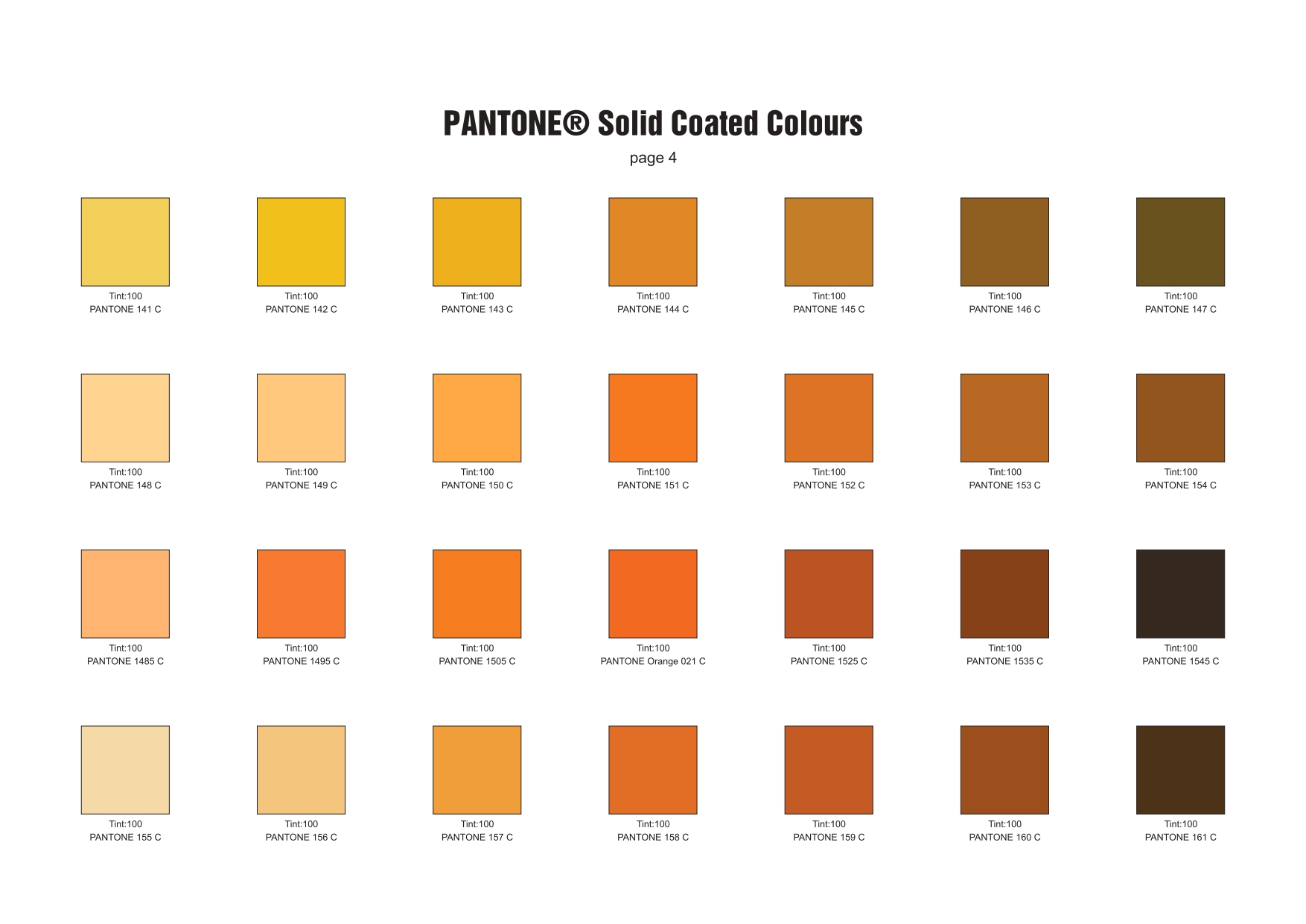
Pantone

Pantone
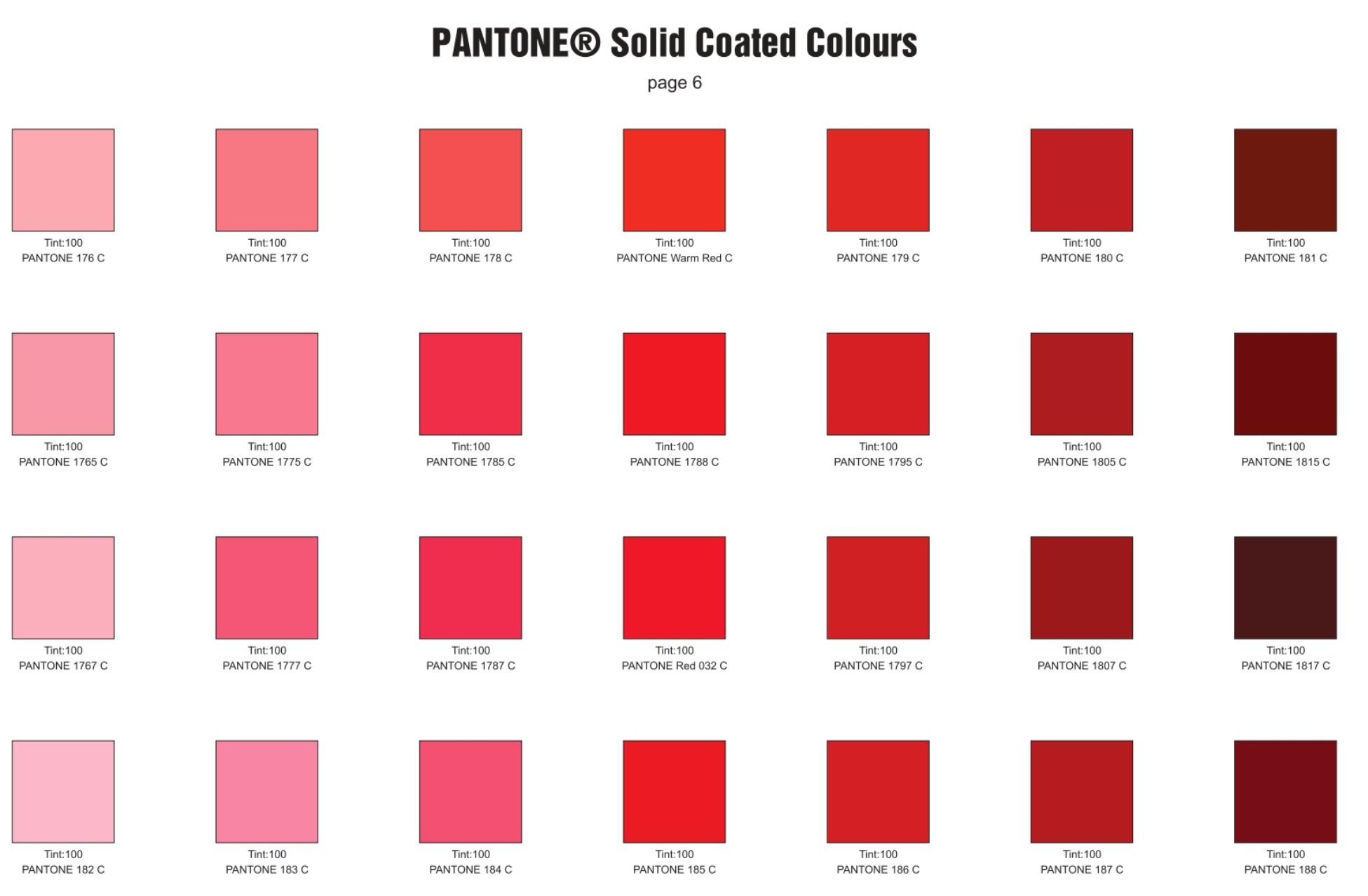
Pantone
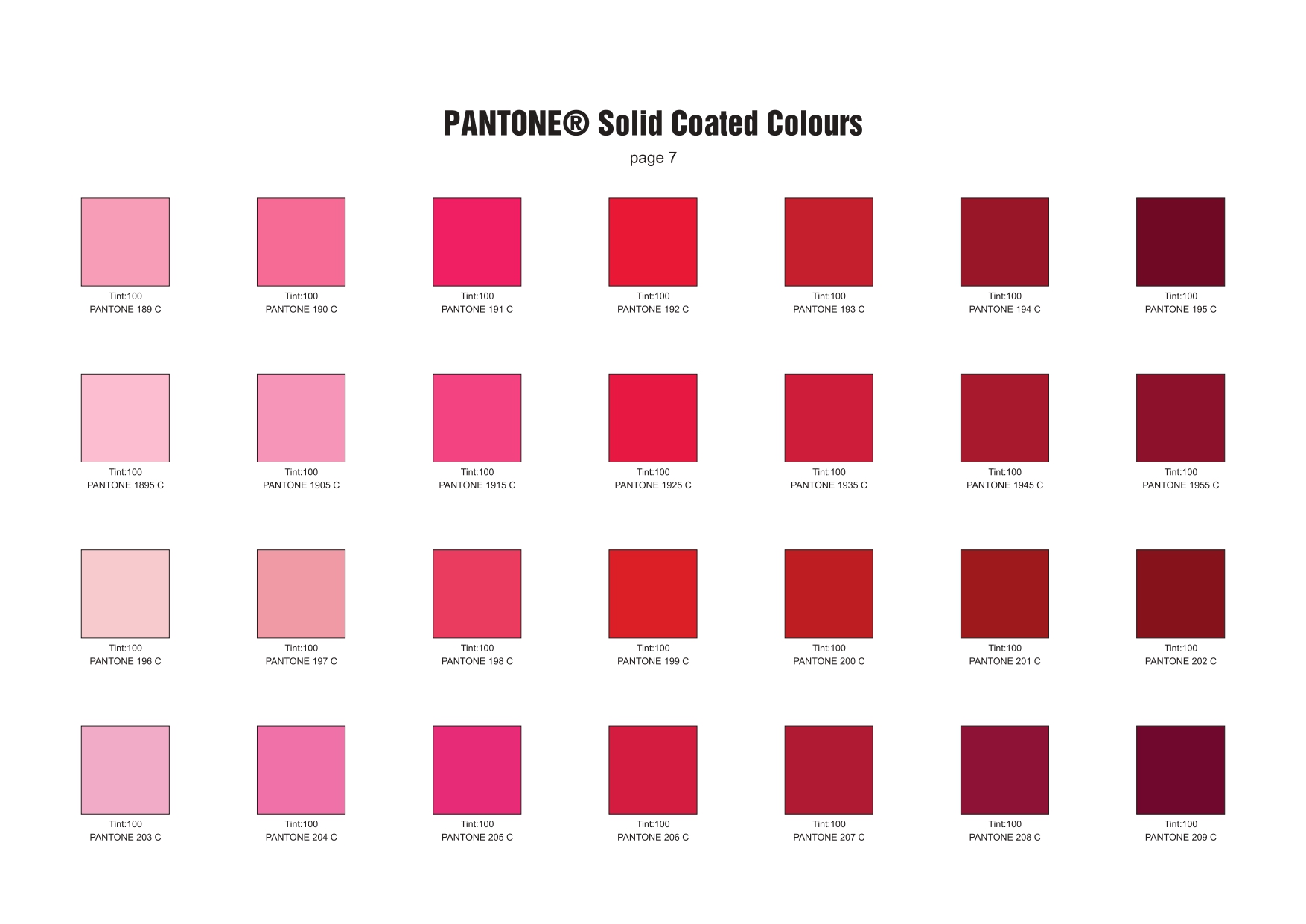
Pantone
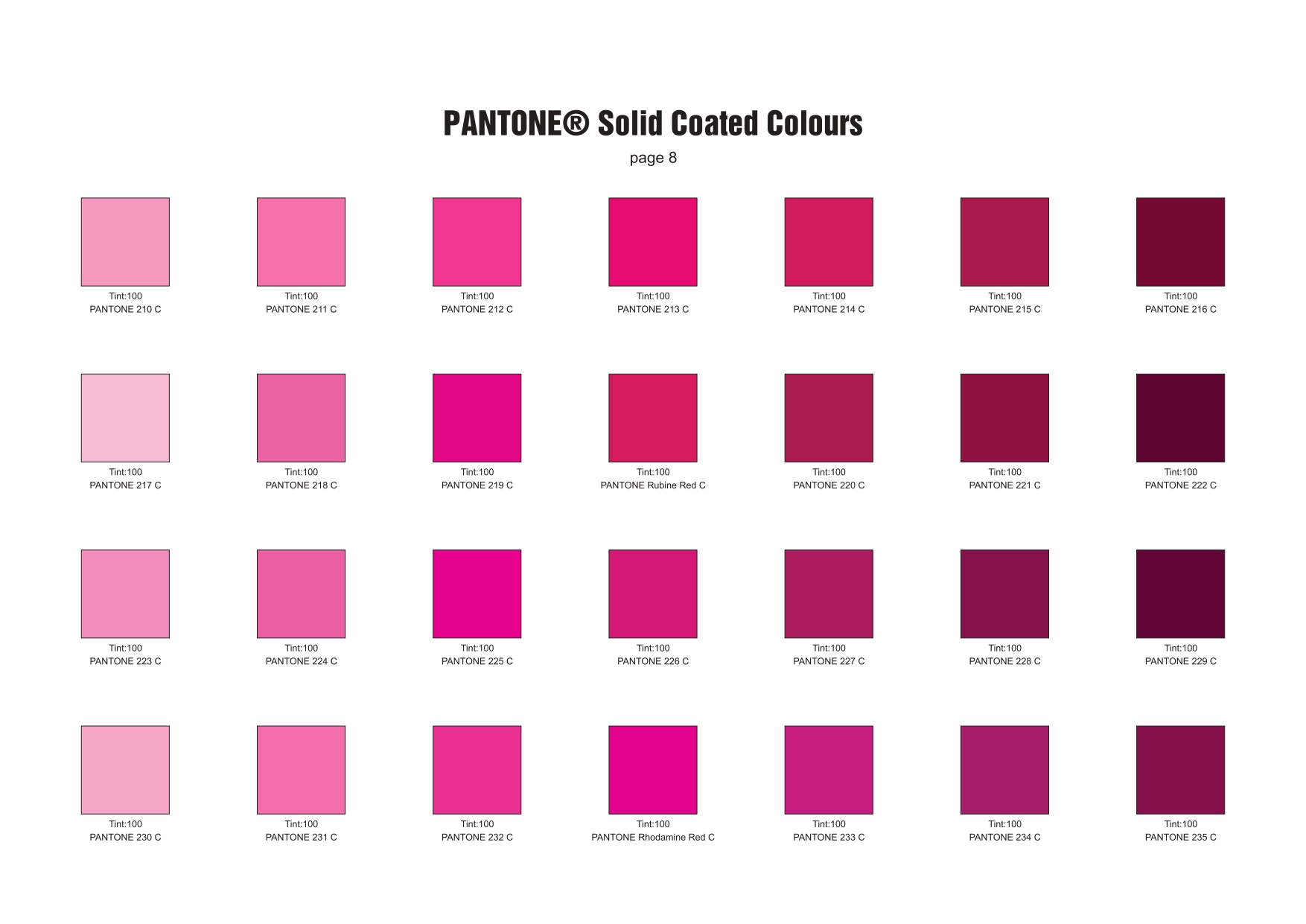
Pantone
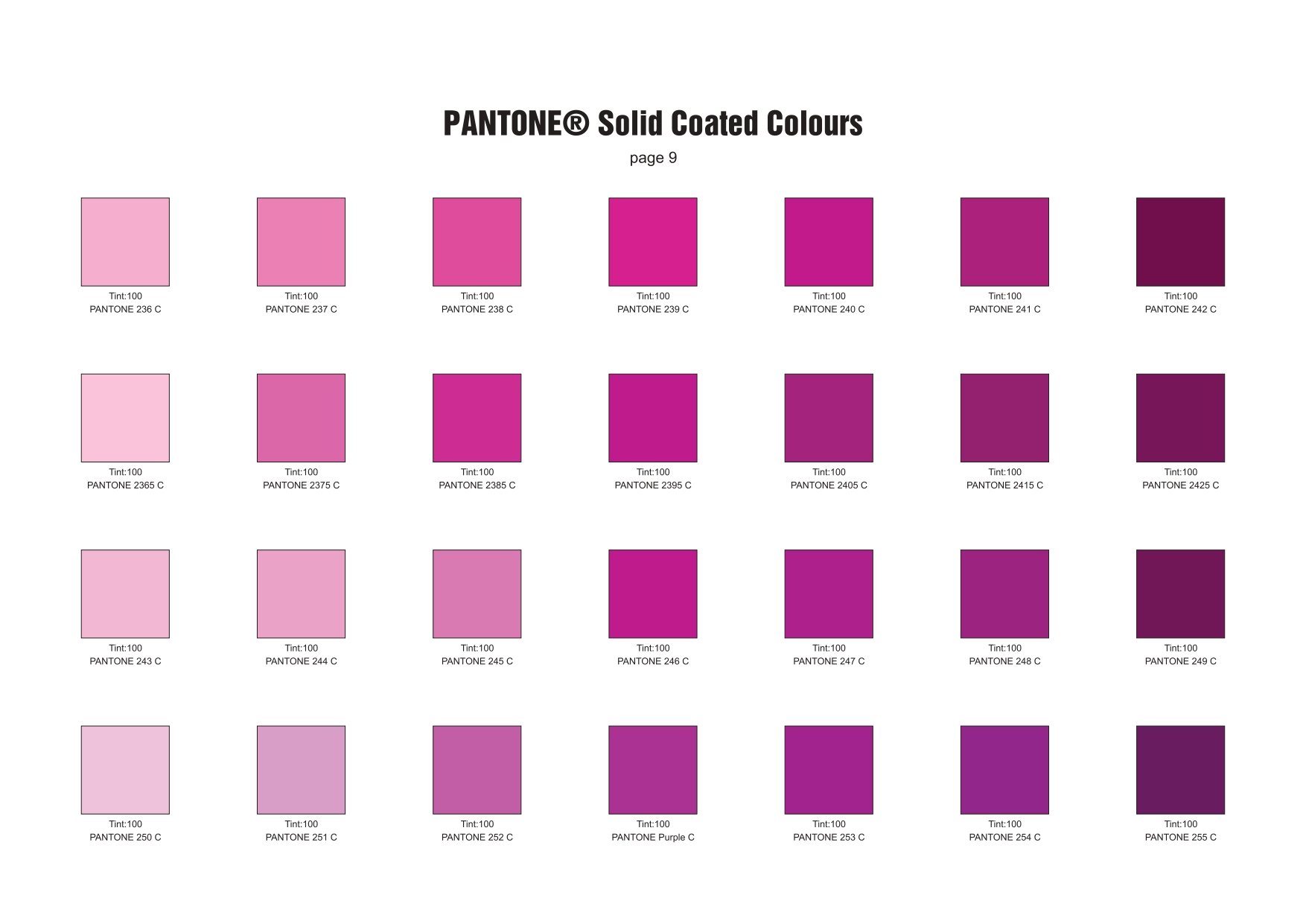
Pantone
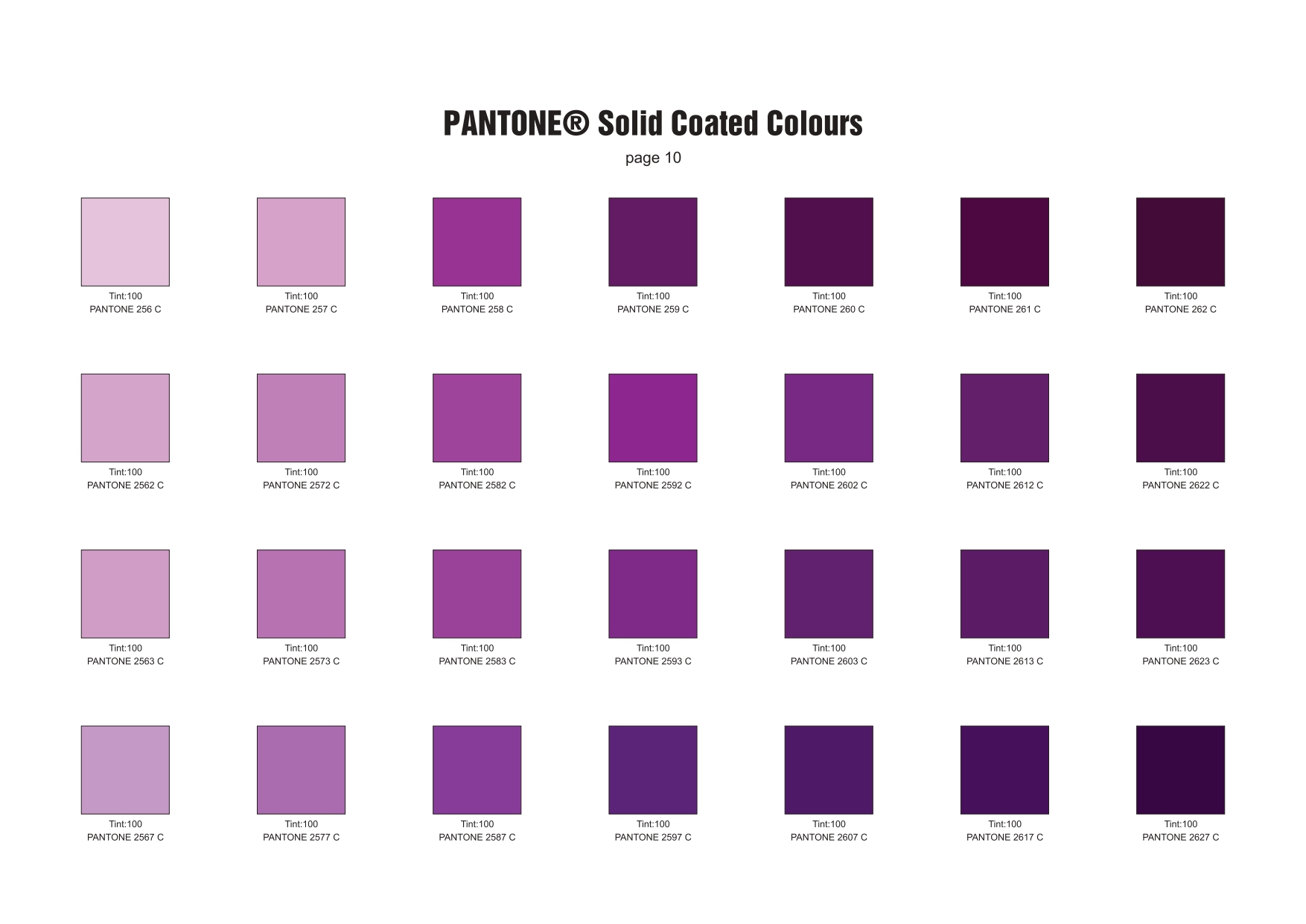
Pantone
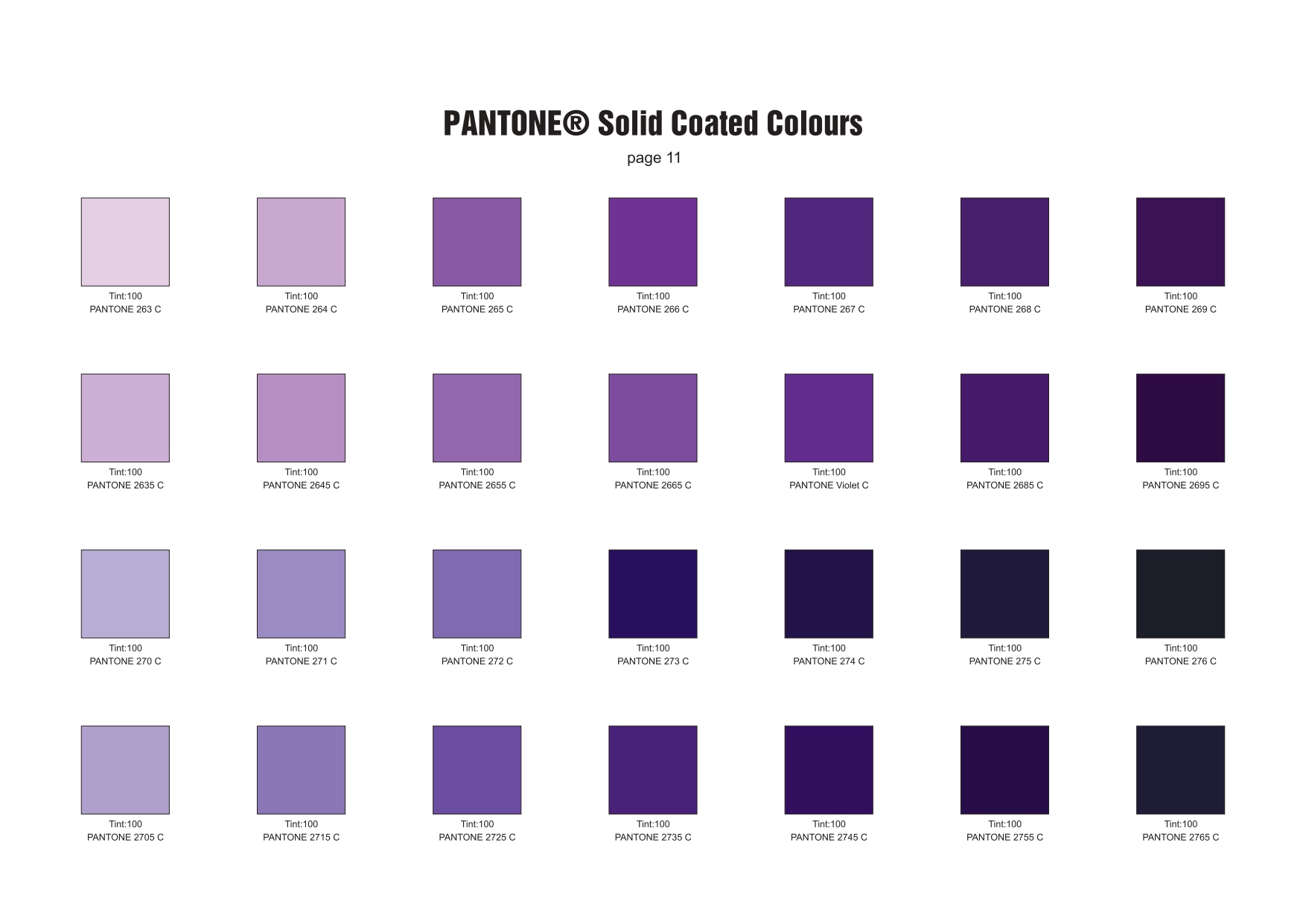
Pantone

Pantone

Pantone

Pantone

Pantone

Pantone
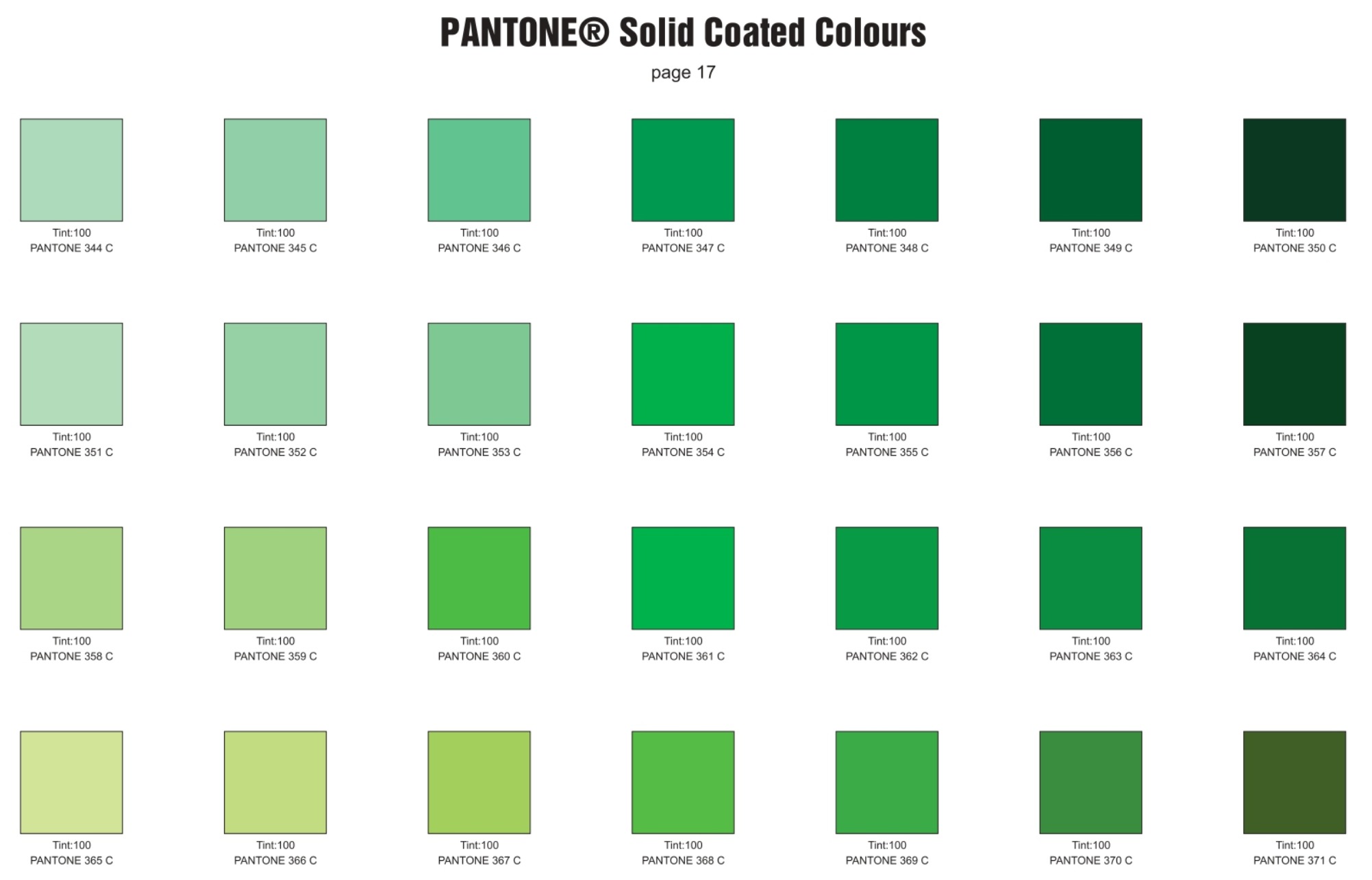
Pantone
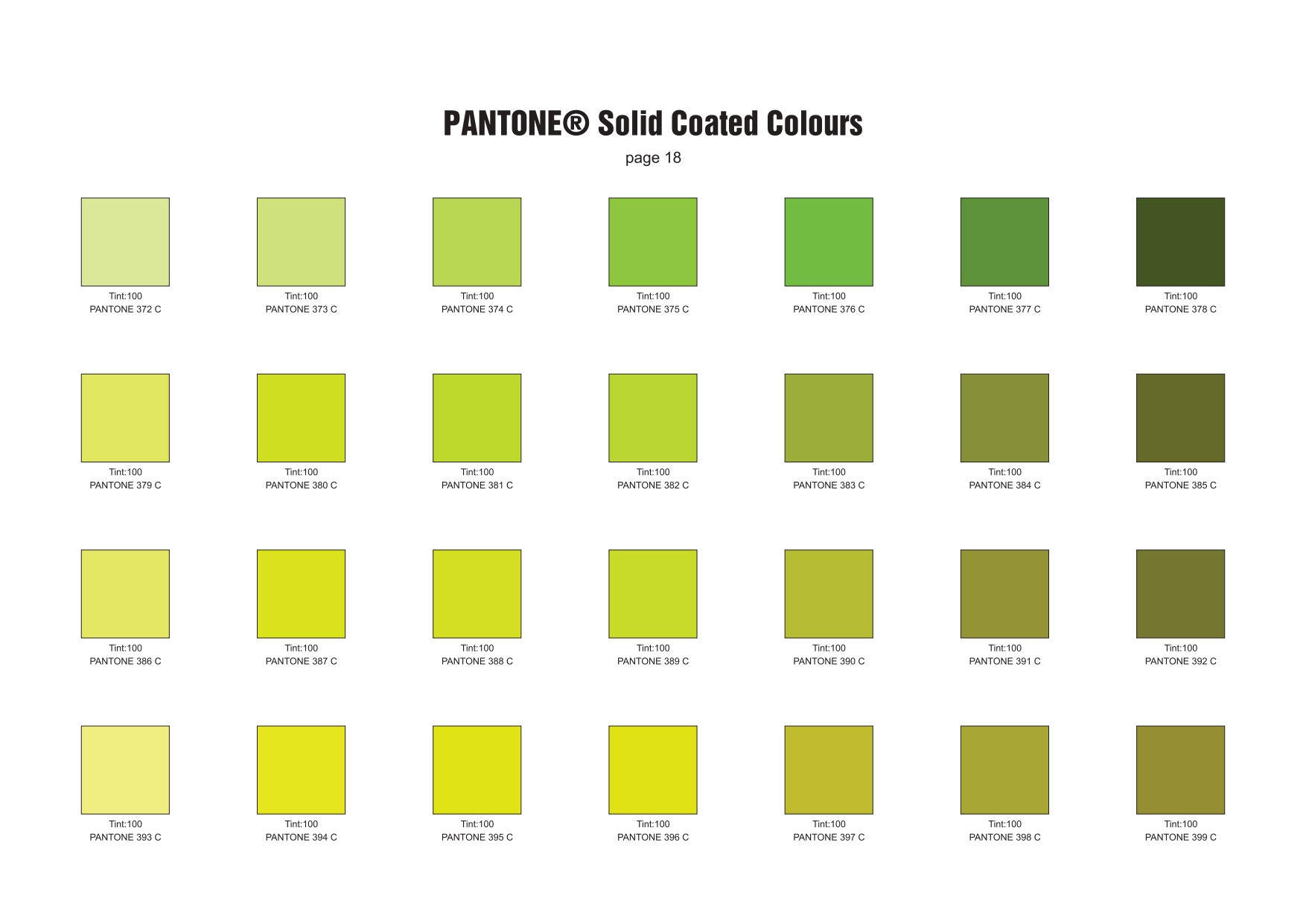
Pantone
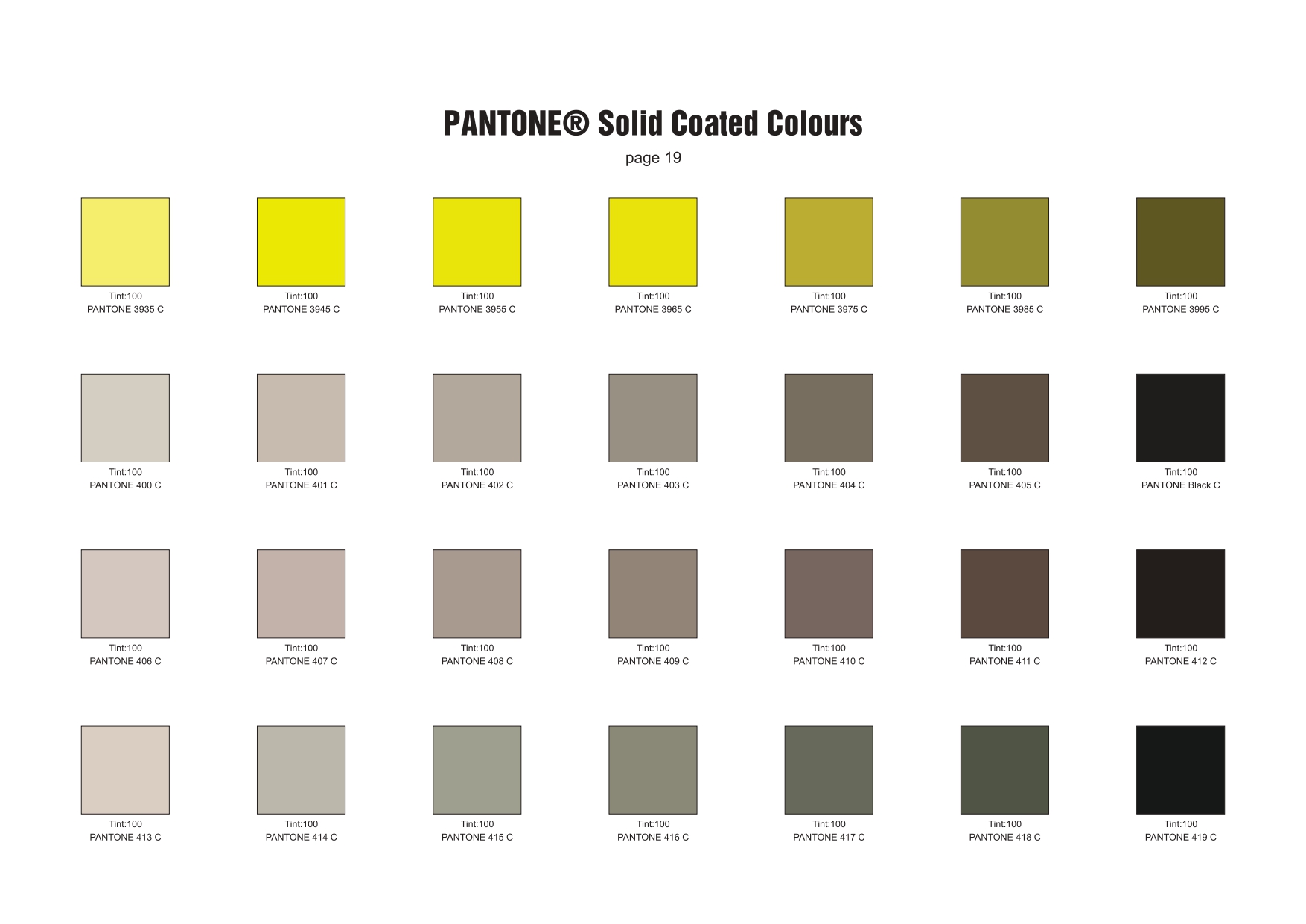
Pantone
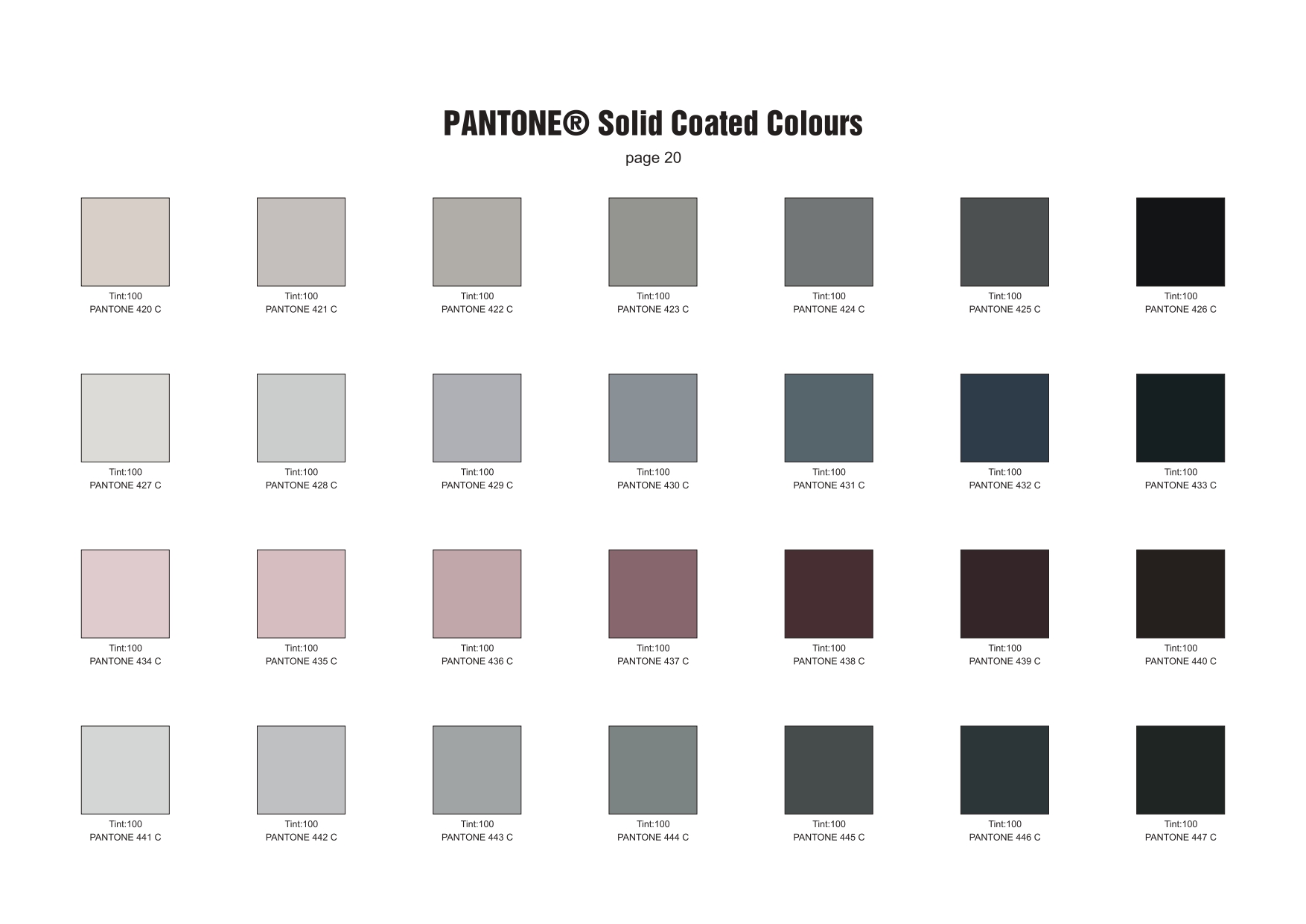
Pantone
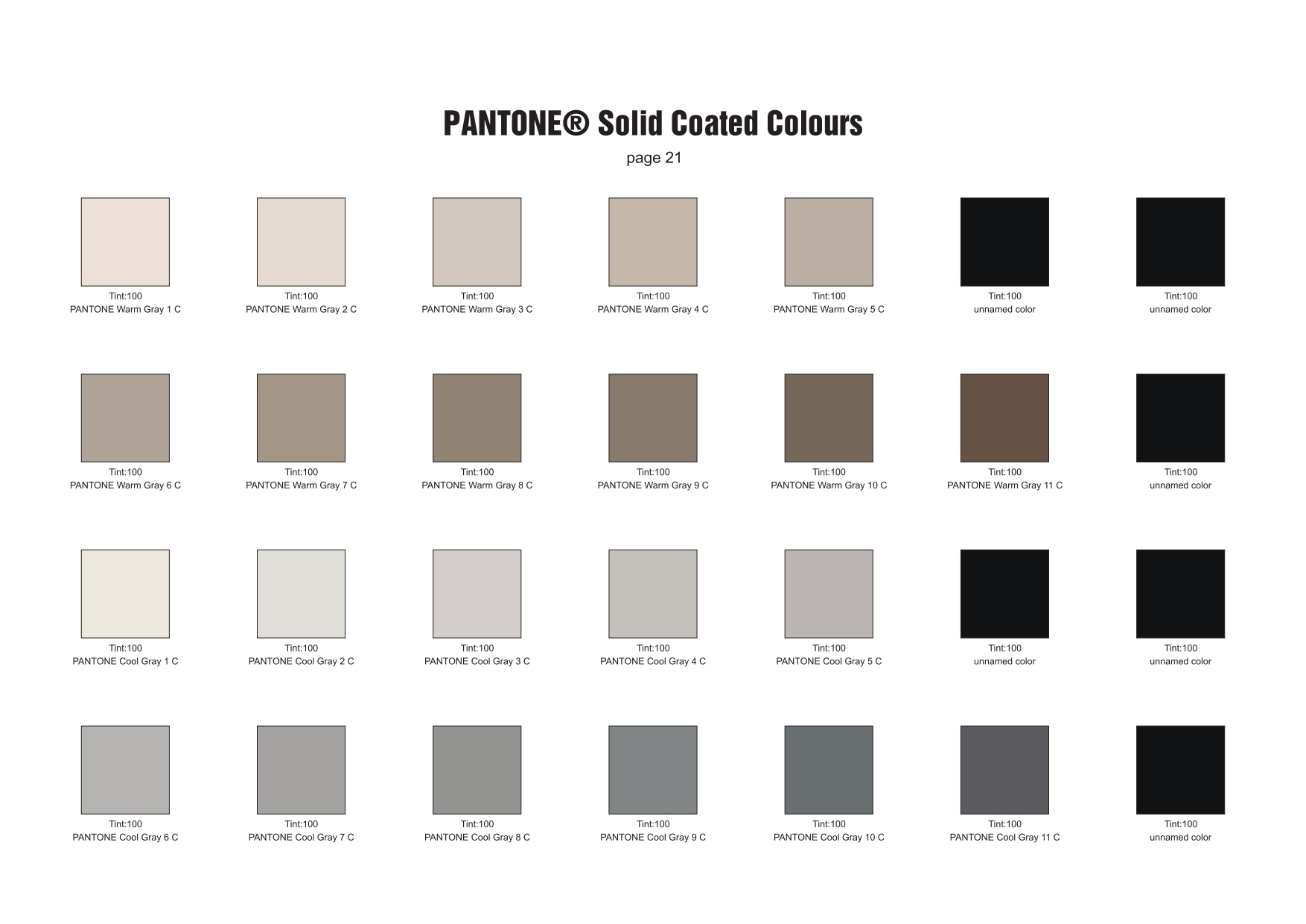
Pantone

Pantone

Pantone
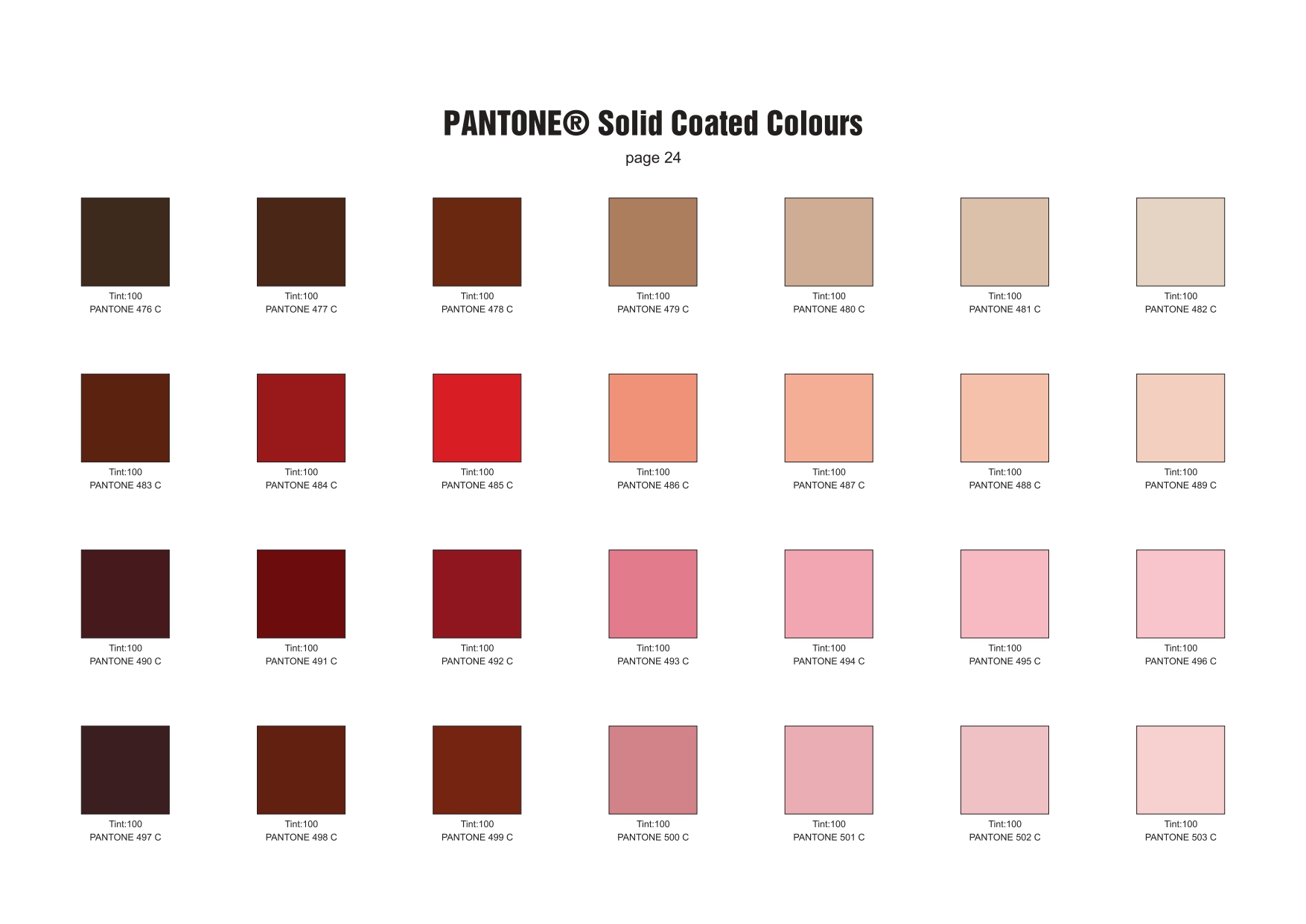
Pantone
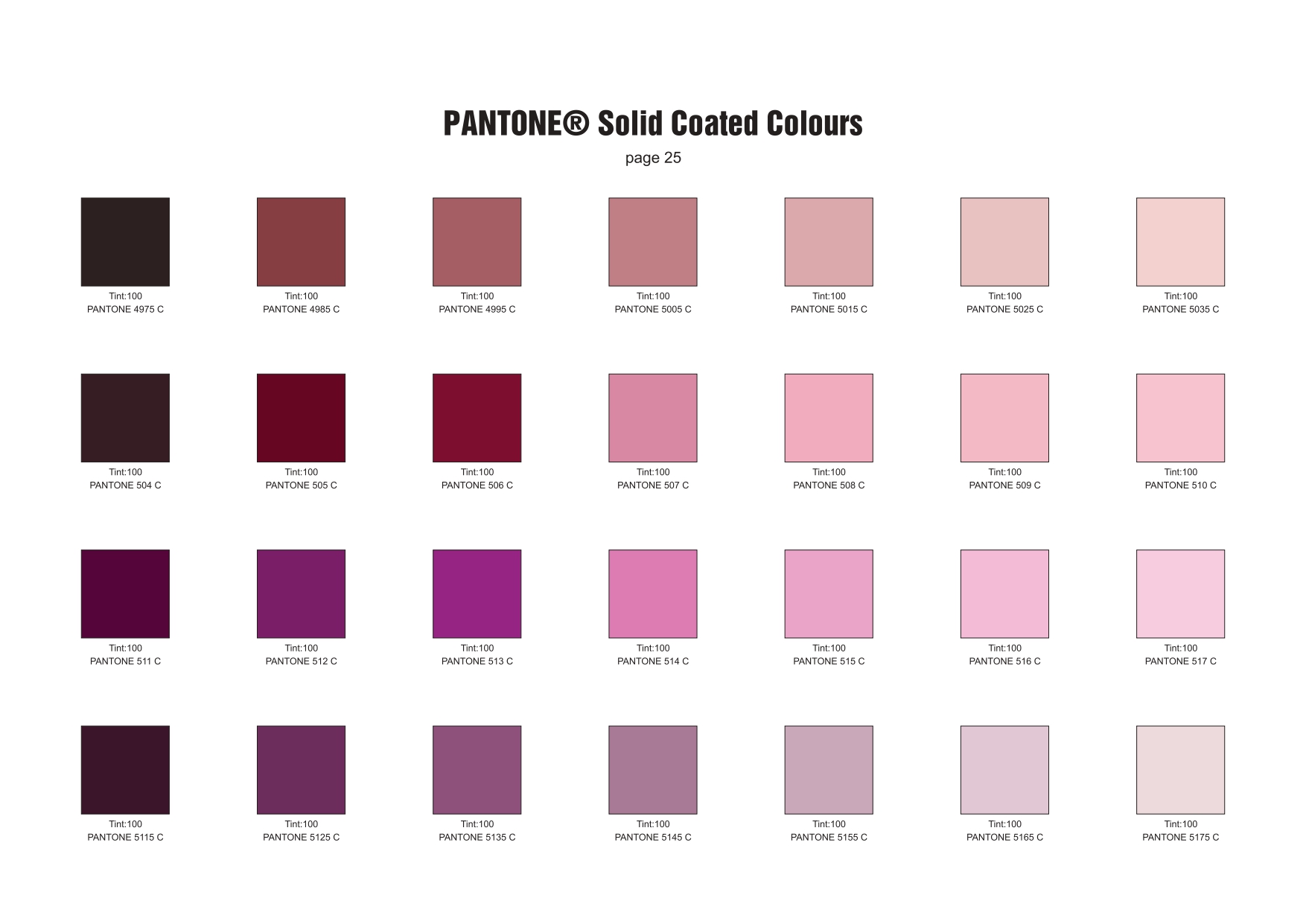
Pantone
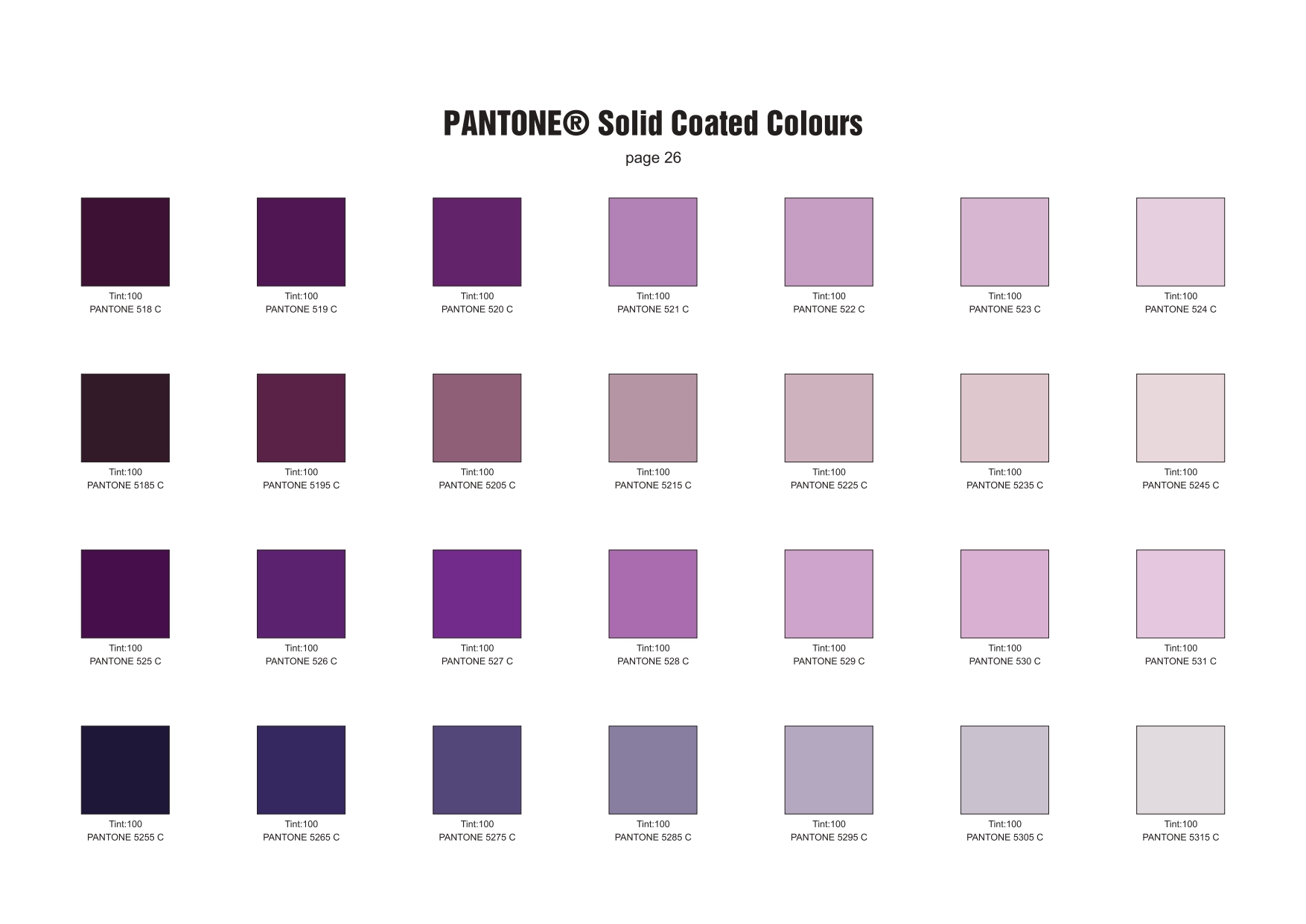
Pantone

Pantone

Pantone

Pantone

Pantone
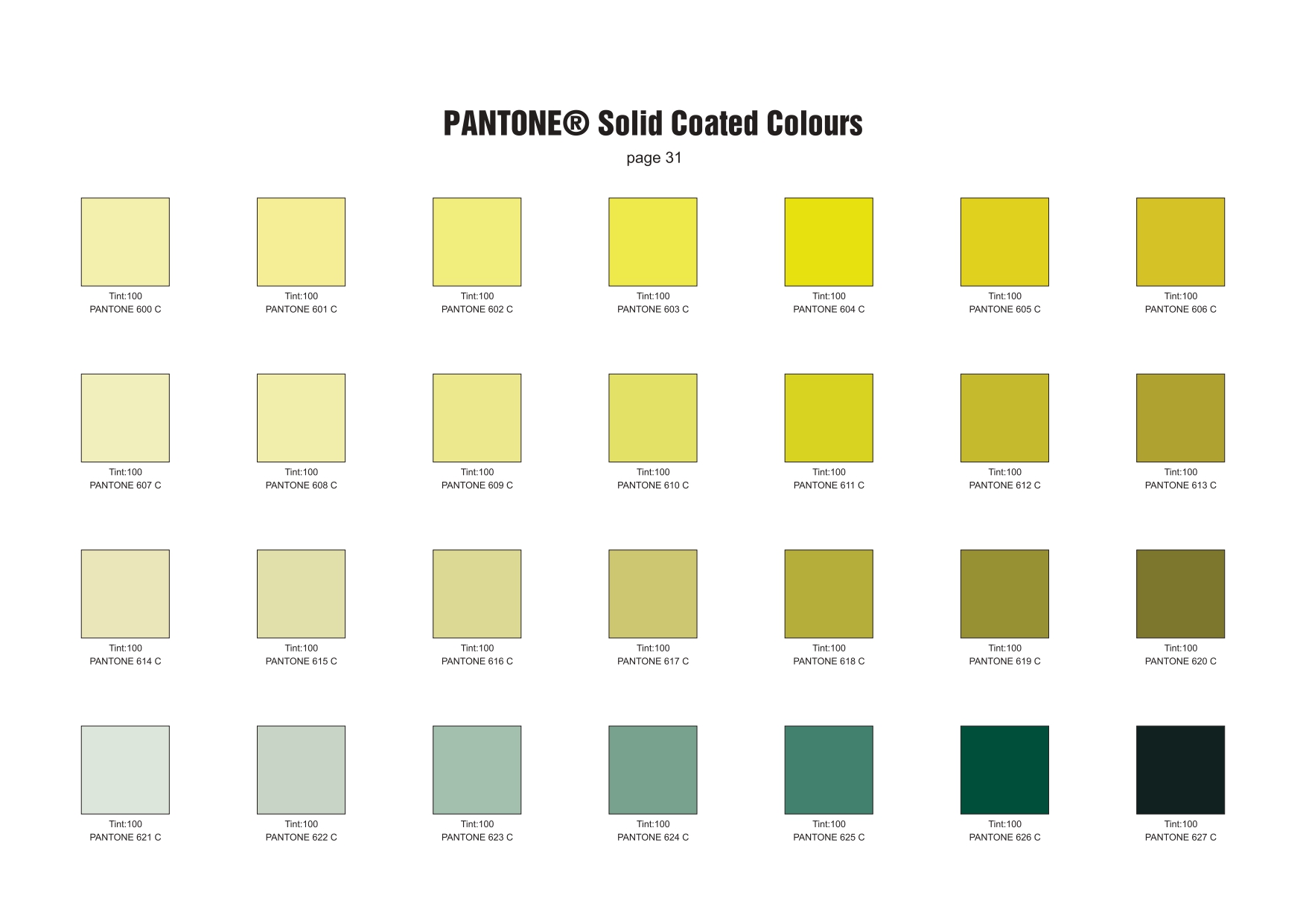
Pantone
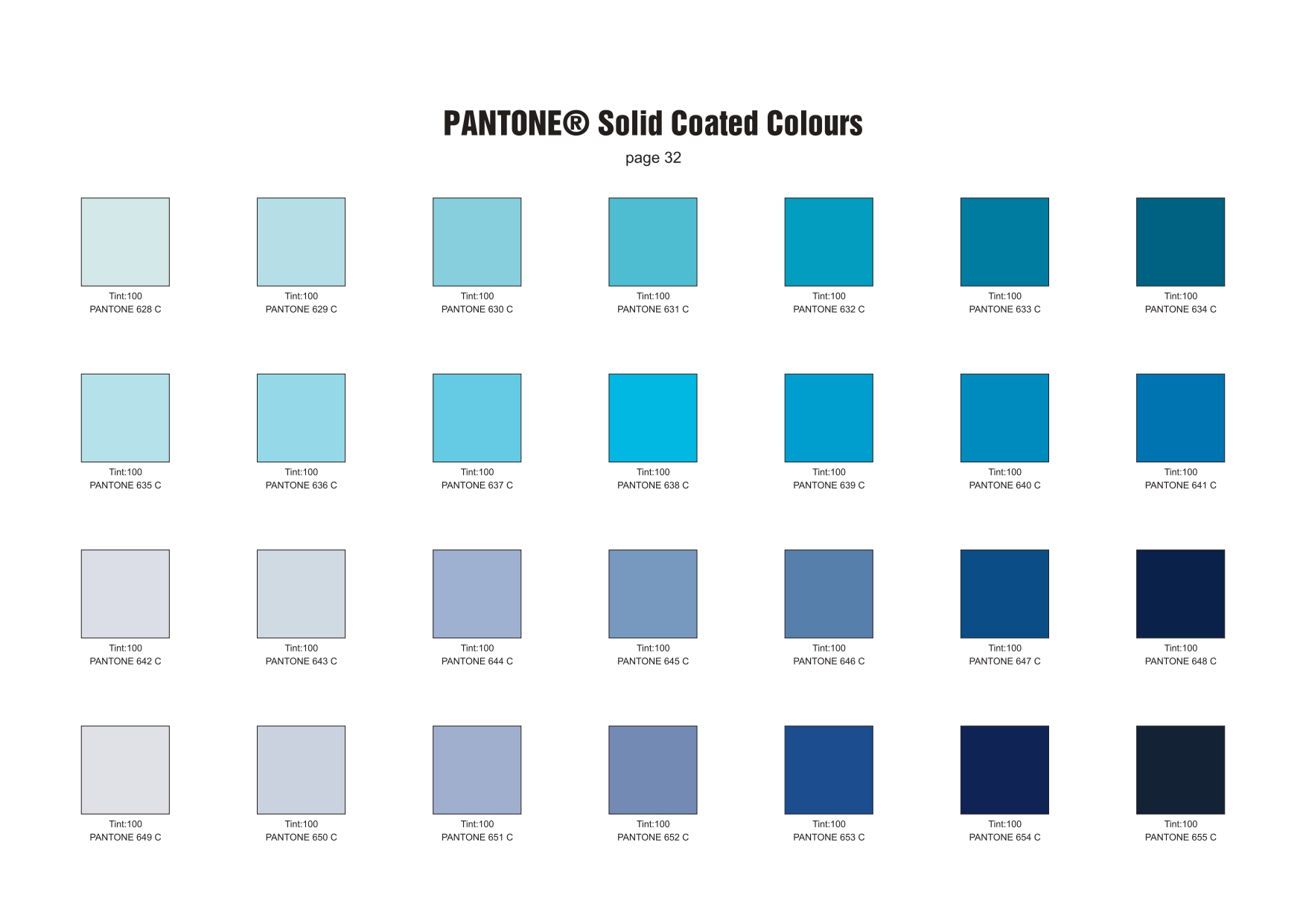
Pantone
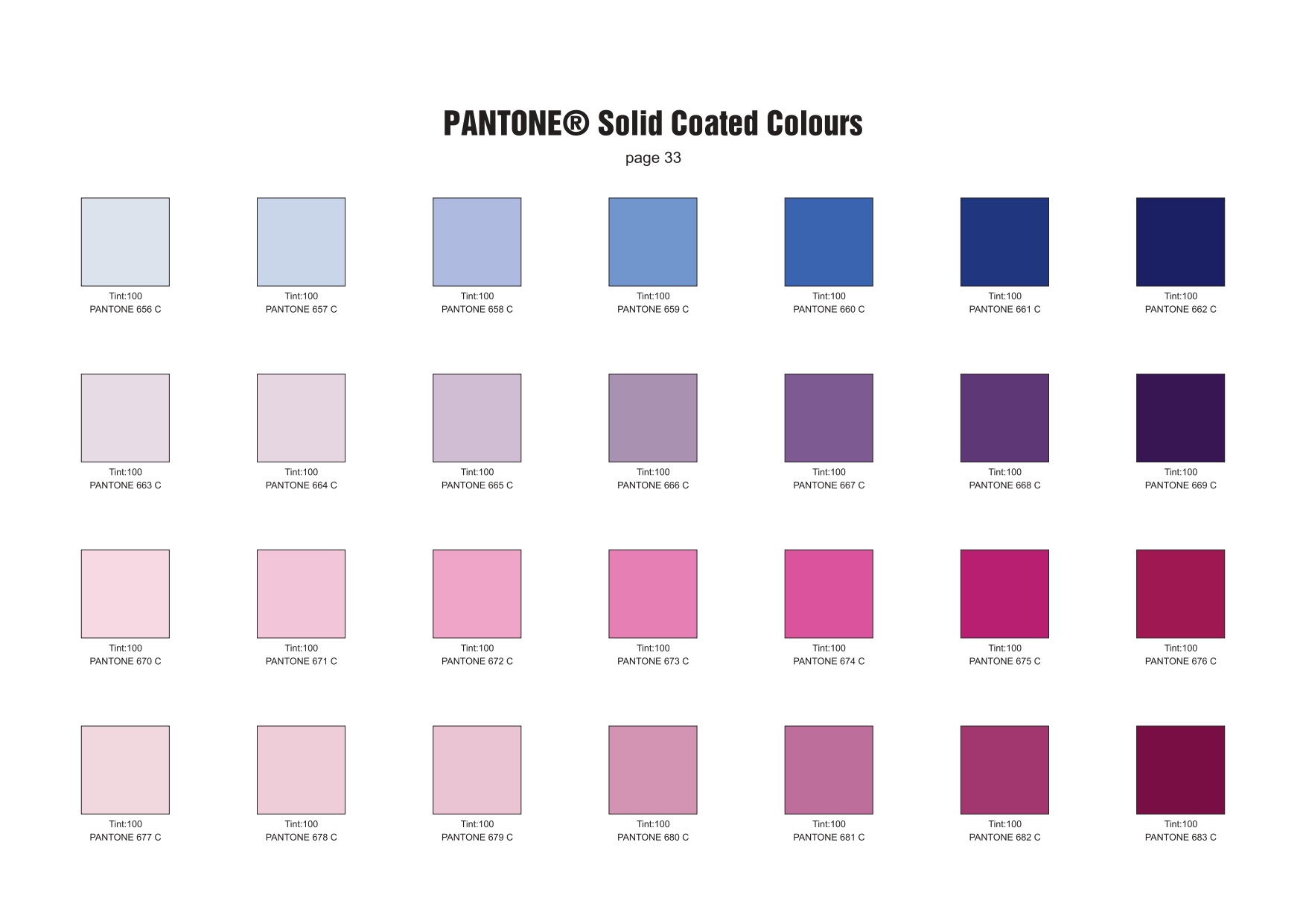
Pantone

Pantone
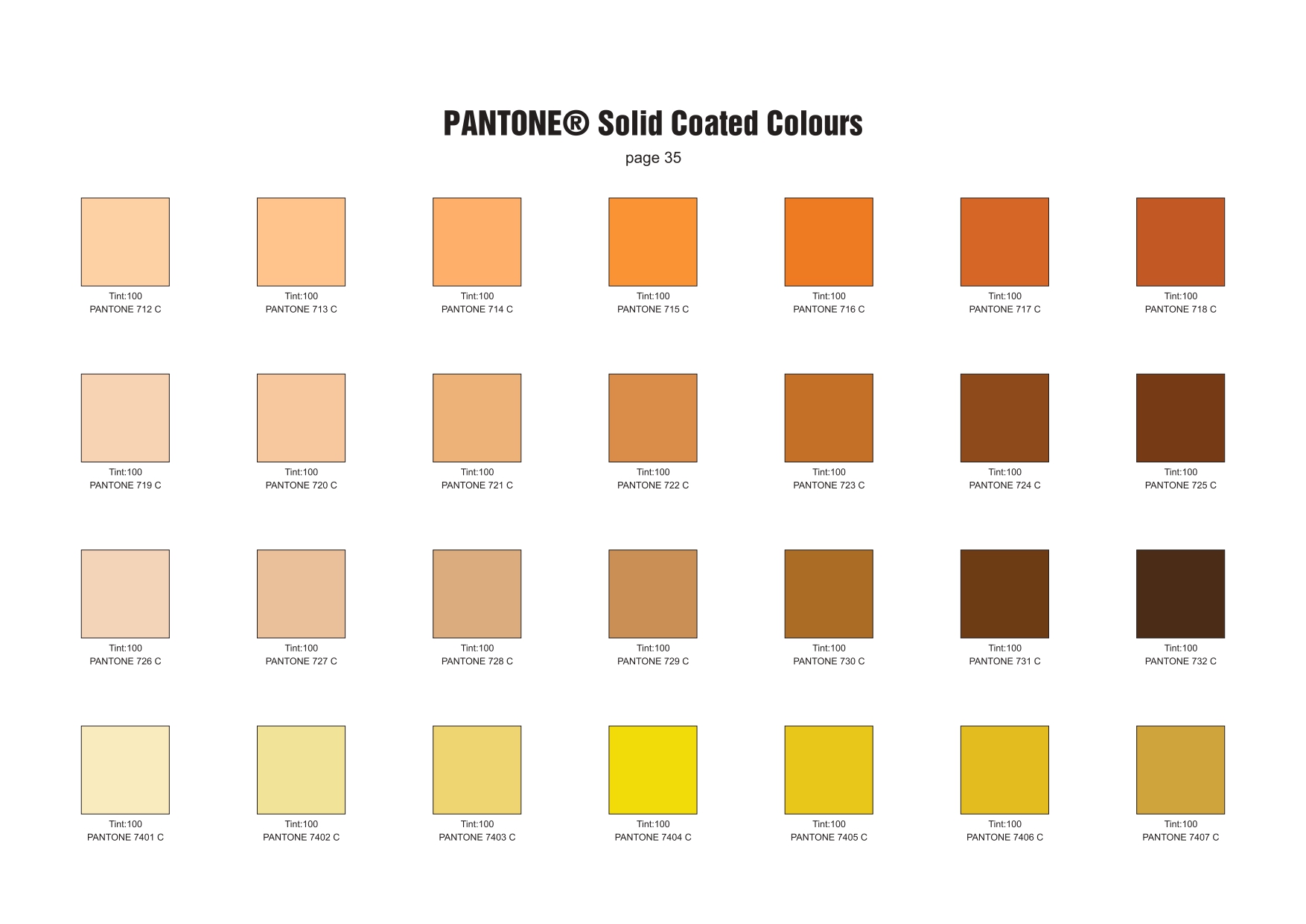
Pantone
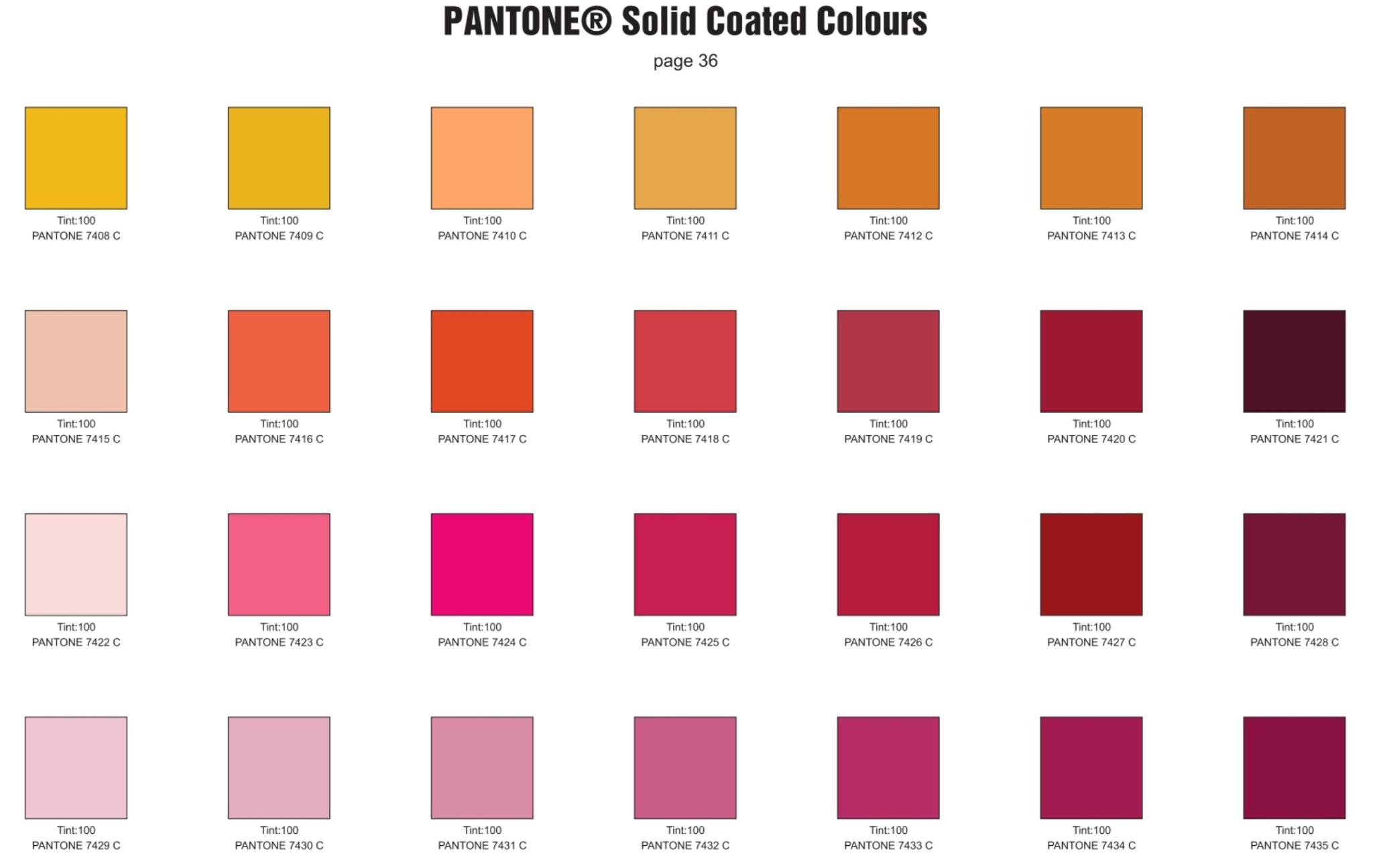
Pantone
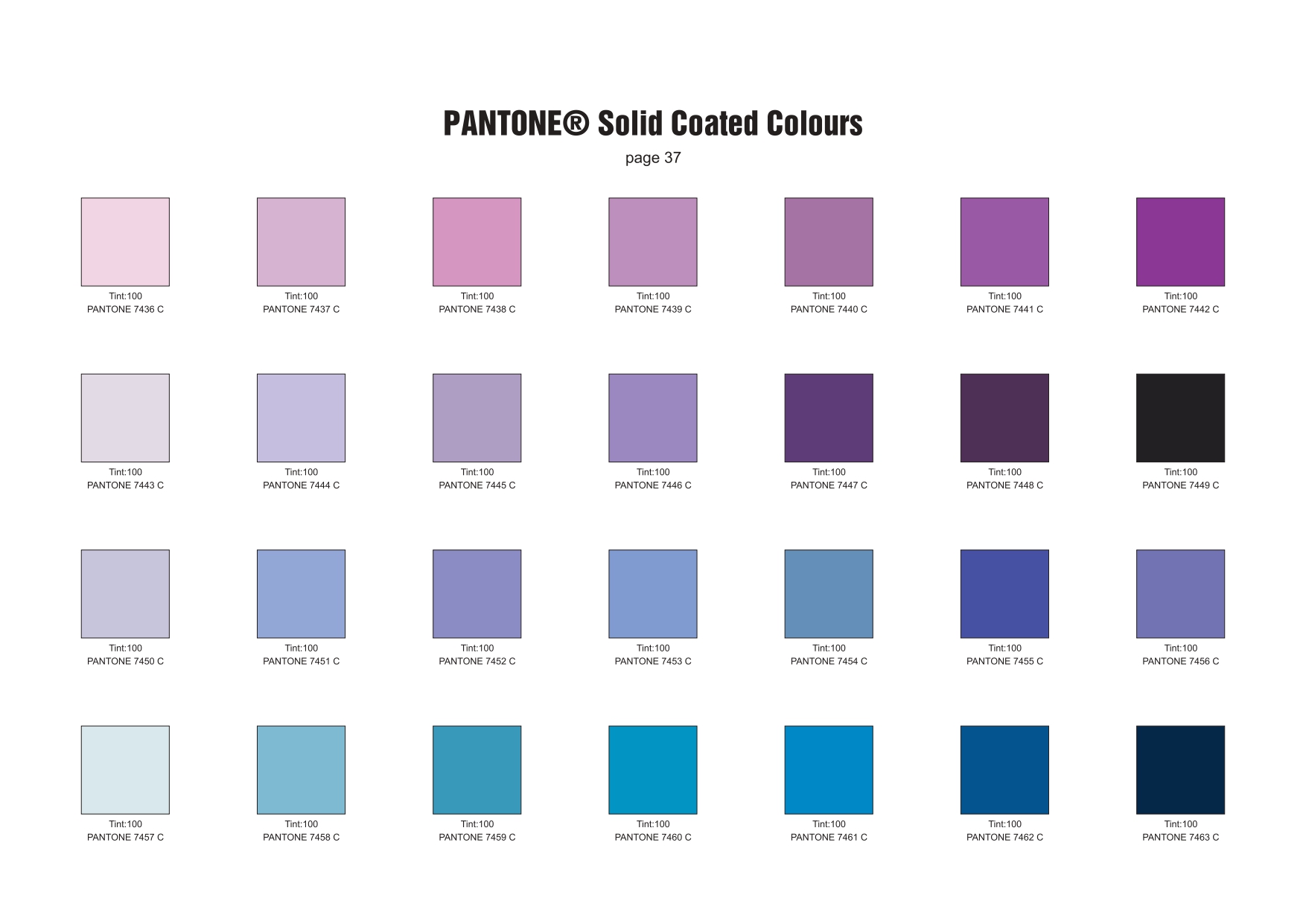
Pantone

Pantone

Pantone
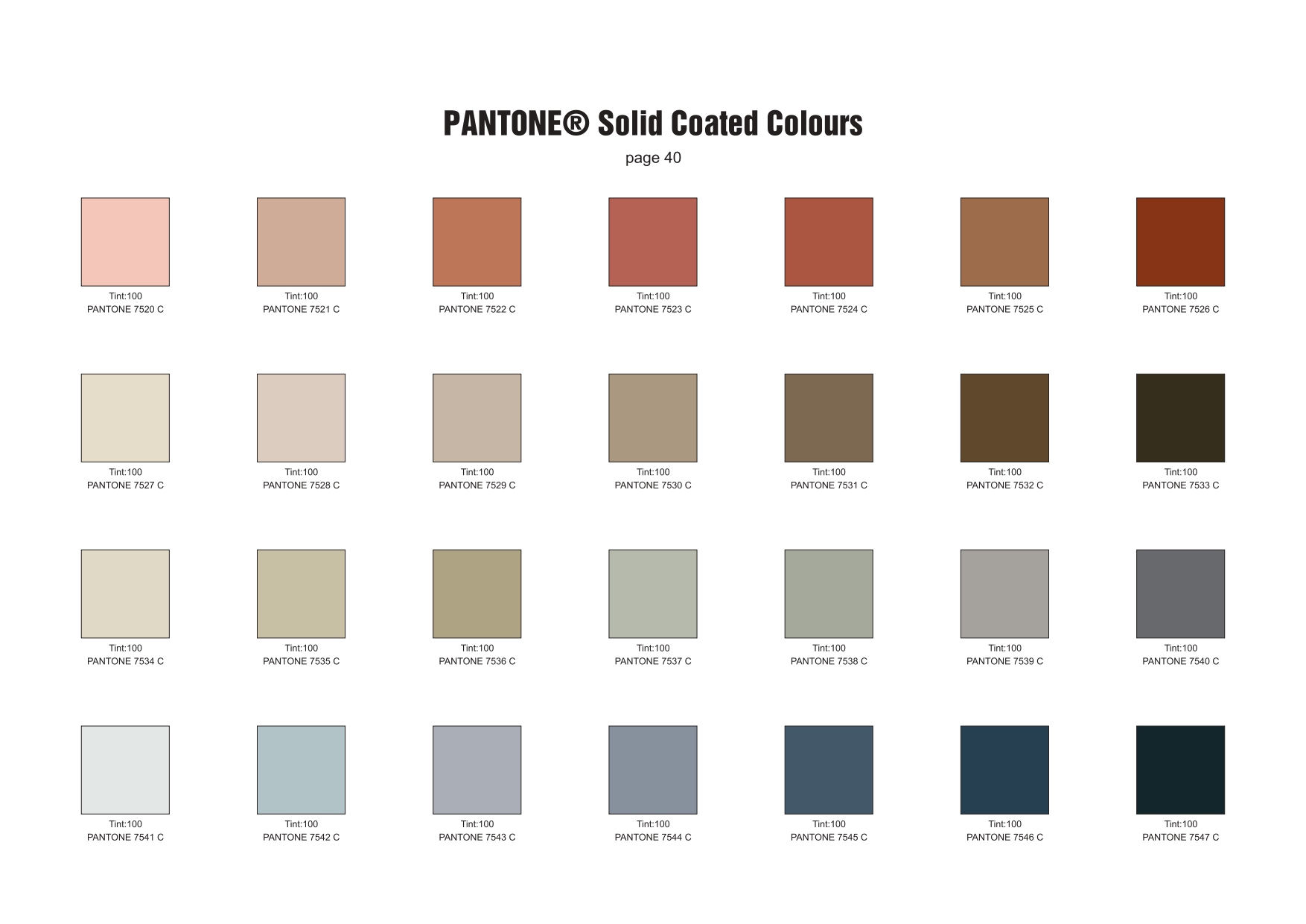
Pantone
